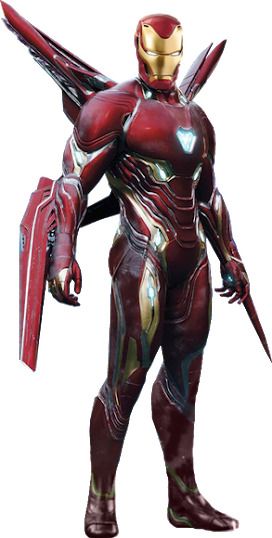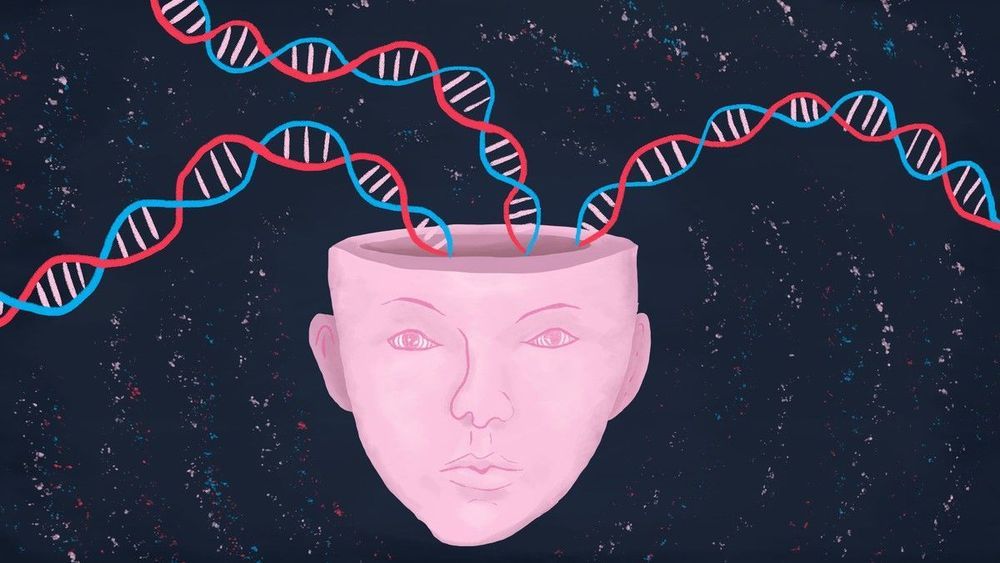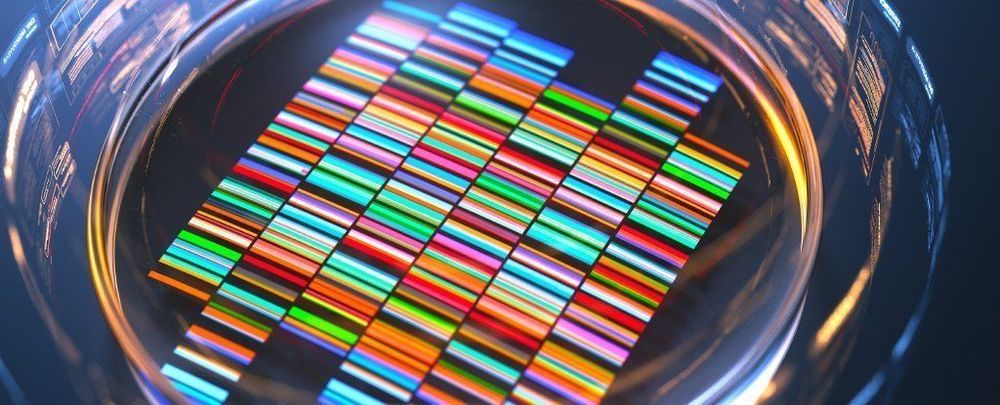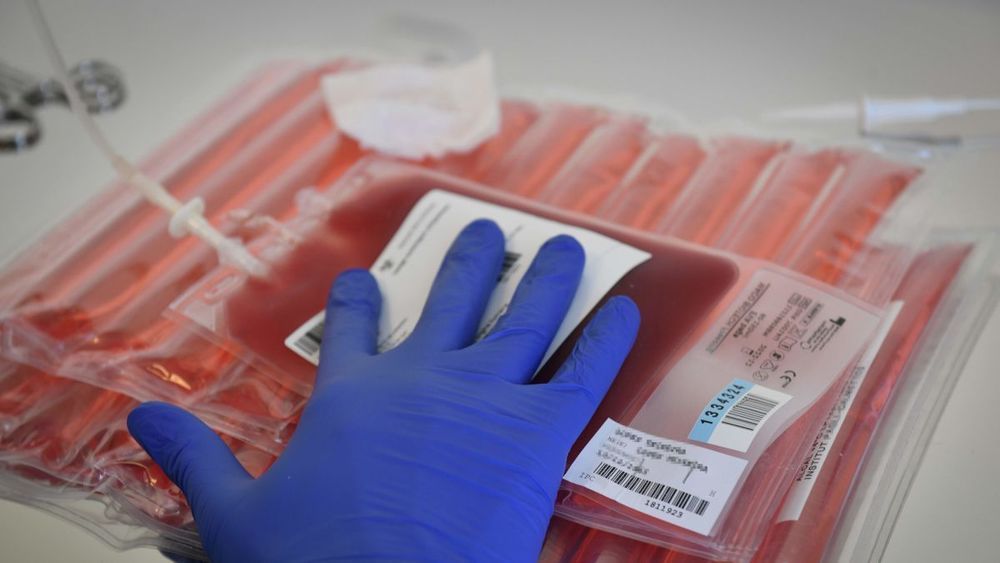Feb 6, 2020
About: The decentralized autonomous organization, or DAO, is a new type of organization where members work together to collectively fund projects 🤝
Posted by Brent Ellman in categories: entertainment, mathematics
The YangDAO was created specifically to allow the Yang Gang community to coordinate and fund projects that we decide are in our shared interest, whether that’s a Federal Meme Reserve 🏛, Freedom Dividend pilots 💰, or that new MATH blockbuster movie 🎬.


















